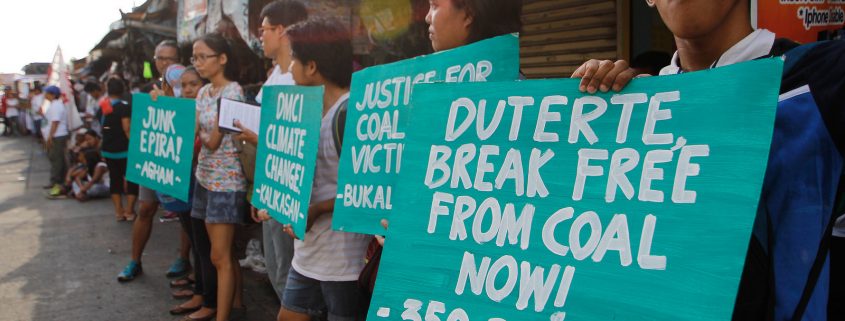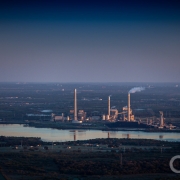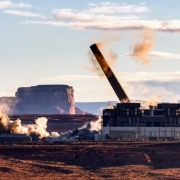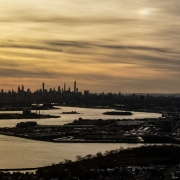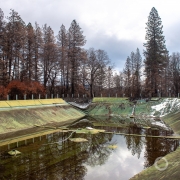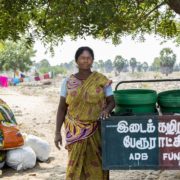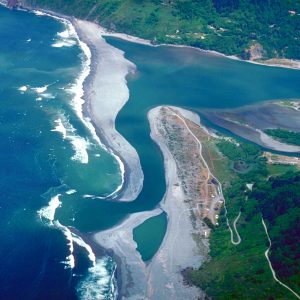World Bank, Despite Promises, Finances Big Coal and Industrial Projects That Threaten Water, Communities
Investigation finds International Finance Corporation invests big in industrial development banks.
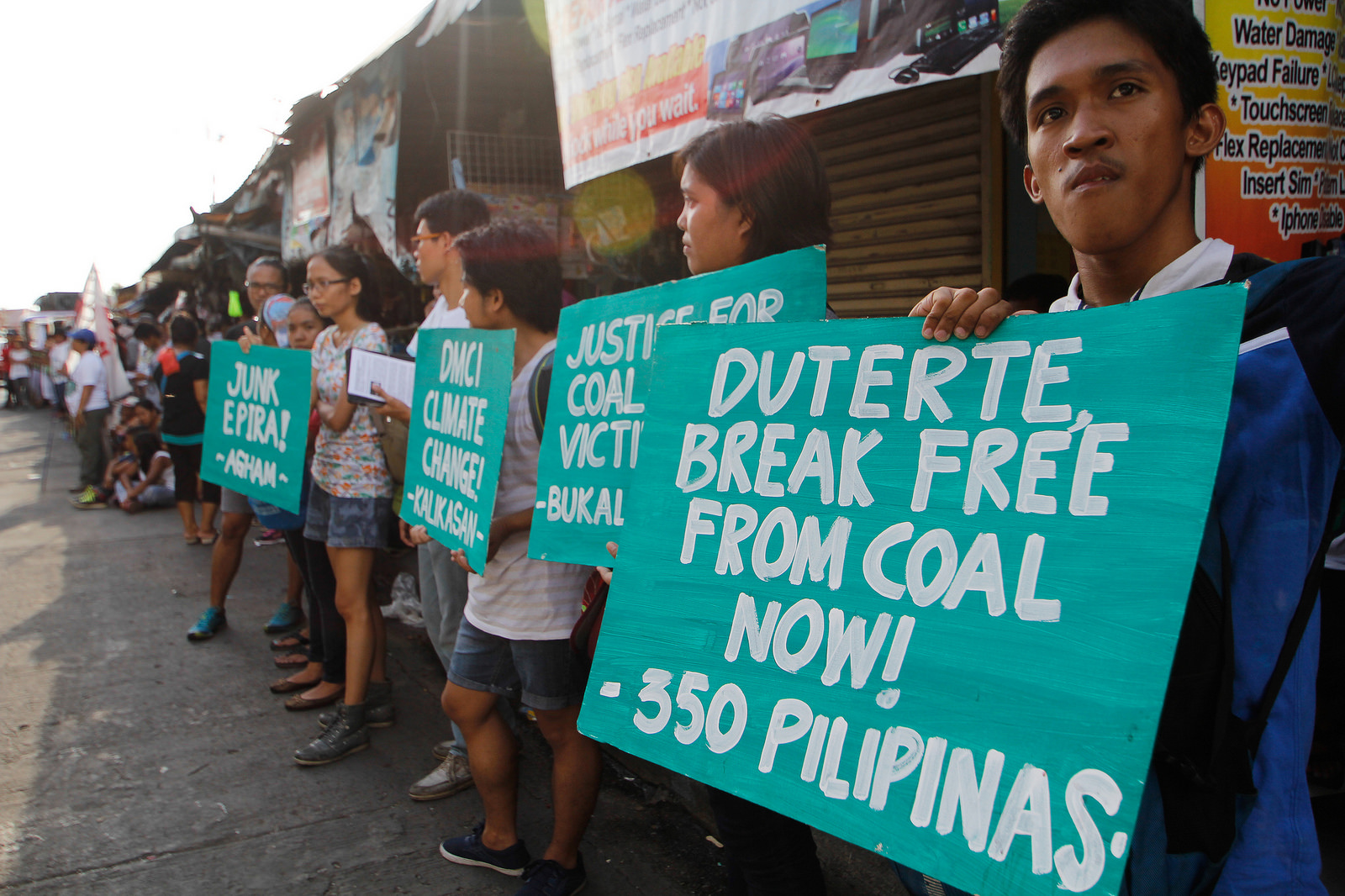
Philippines President Rodrigo Duterte has come under more pressure from anti-coal activists to reign in health and environmental risks from the country’s expanding coal-fired electrical generating industry.
By Keith Schneider, Circle of Blue
In 2013, GNP Power, a Philippine energy developer, began generating power from its Mariveles coal-fired electrical generating station on the Bataan Peninsula about 173 kilometers (107 miles) south of Manila, the capital. Philippine authorities and company executives hailed the 600-megawatt power plant as an ascendant example of design and engineering in service to the country’s hungry electricity markets.
Three years later, the Mariveles power station has attracted the attention of two more influential groups. One was anticipated — opponents of coal-fired power in Bataan and around the world who are critical of the plant’s damaging consequences for water, land, and climate change. The other group — organizations seeking to understand how big energy projects are financed — is gaining more prominence.
Earlier this month Inclusive Development International, a North-Carolina-based human rights group, joined four more U.S. and European organizations in publishing a study of the influence of World Bank loans in supporting the Mariveles plant, and 90 other very large ecologically-damaging, and politically-divisive energy, mining, and agricultural projects around the world.
The report, “Outsourcing Development: Lifting the Veil on the World Bank Group’s Lending Through Financial Intermediaries,” has a particular focus on the development of big coal mines and coal-fired power plants in Asia. The study, based on World Bank data, makes a powerful case that in spite of the public commitment the bank’s top officers made three years ago to stop financing coal projects, it continues to do so surreptitiously and indirectly.
World Bank money continues to flow to coal projects through a chain of payments — through loans from the International Finance Corporation, a World Bank lending unit, that support the programs and operations of smaller banks that, in turn, invest in coal mines, coal-fired power plants, and other industrial projects.
IFC Indirectly Supports Big and Damaging Projects
The Inclusive Development study found that the International Finance Corporation (IFC) supported the companies and lending institutions that built or propose to build some of the largest and riskiest industrial projects on the planet. They include the Lower Subansiri hydroelectric dam in India, which was shut down in 2011 by fierce public protests; the proposed Rampal coal-fired power plant that has sparked vehement public opposition in Bangladesh; and the Germano iron ore mine in Brazil, scene of a tailings pond rupture last year that wiped a town away in a flood of toxic mud and killed at least 17 people.
The International Finance Corporation did not dispute the Inclusive Development report, but did make a distinction in its lending practices. Frederick Jones, a spokesman, said that the bank does not support new coal-fired power plants, called “greenfield” facilities. But it does not ban smaller banks in which it has an ownership or operating stake from investing in coal projects.
“There has been no World Bank Group financing for ‘greenfield’ coal-fired power plants since 2010,” Jones said in a statement sent to Circle of Blue. “IFC does not give loans to financial intermediaries for the purpose of financing coal-related projects. IFC targeted loans to financial intermediaries are ring-fenced to prevent such use, and IFC has excluded coal projects from private equity funds and other investments. However, the 2012 Sustainability Policy does not prohibit our equity clients, nor the proceeds of bonds or general purpose loans, from potentially being able to fund coal plants, so there may be some indirect exposure.”
The development of the Mariveles power plant is a case in point.
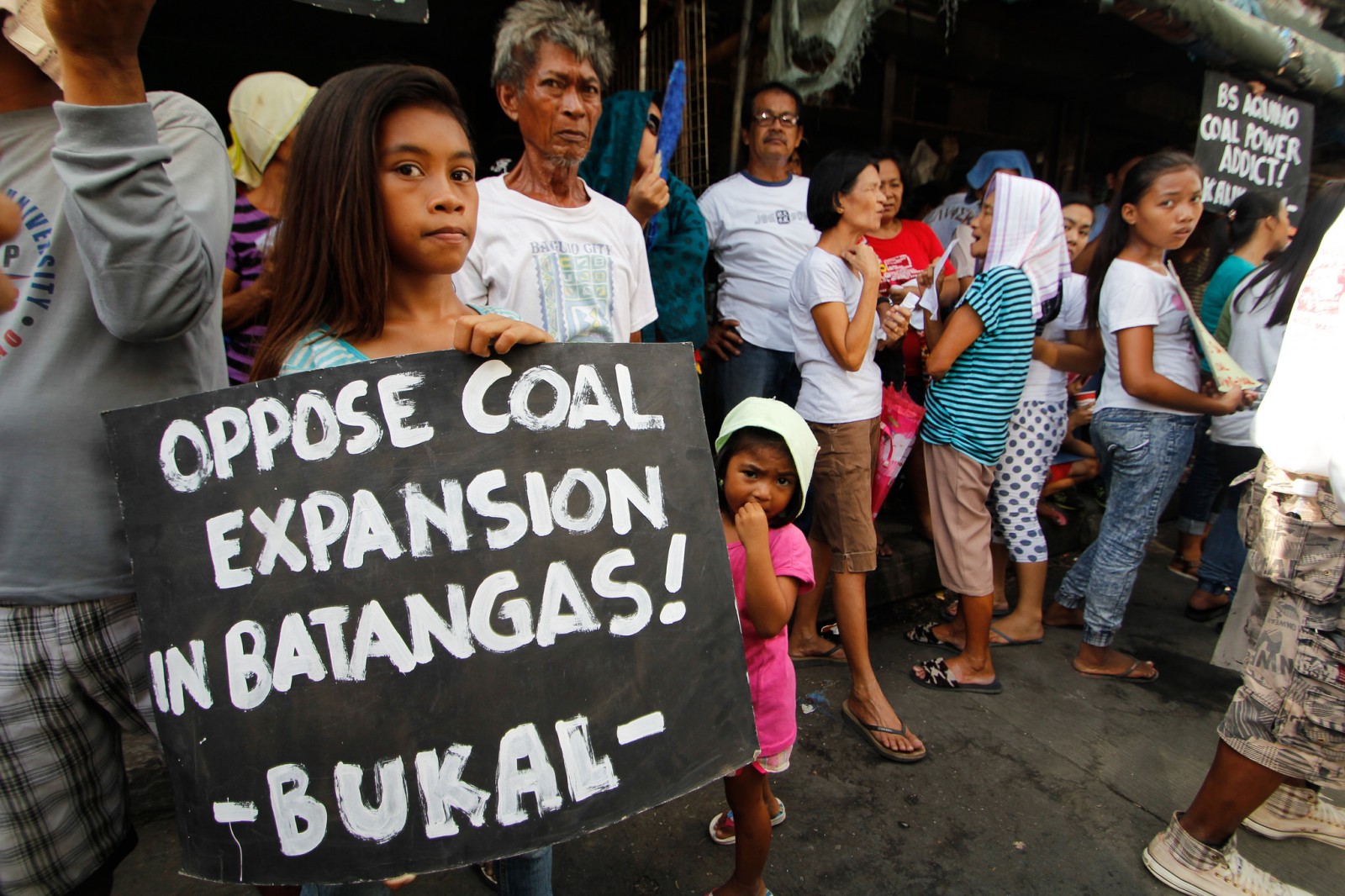
An investigation by Inclusive Development International makes a powerful case that in spite of the public commitment the World Bank made three years ago to stop financing coal projects, it continues to do so surreptitiously and indirectly. Escalating development of coal-fired power plants has stirred public opposition in the Philippines.
Chain of Investments
As in every sizable deal involving big energy projects, there are numerous links in the chain of investments. Let’s keep the chain short. In 2013, the World Bank’s International Finance Corporation (IFC) made a $US 100 million investment in Rizal Commercial Bank, an important utility industry lender in the Philippines. In 2015, the finance corporation put $US 75 million more in Rizal.
Rizal, in turn, managed $US 711 million of dollars in corporate bonds for Ayala Corporation, a Philippine conglomerate that spent US$155 million to buy a 17 percent ownership stake in the Mariveles electrical plant.
In two more transactions made in 2007 and 2010, the IFC provided $US 299 million to BDO Unibank, the largest bank in the Philippines. BDO Unibank managed $US 1.15 billion in bonds for Ayala Corporation’s working capital, said the Inclusive Development study. According to a separate paper by the Wharton School of the University of Pennsylvania, BDO Unibank (BDO) also provided a $US 227 million, 11-year secured loan to build the plant.
Taken together, the transactions by the IFC, one of the world’s largest and most trusted lenders, simultaneously countenanced the stability of the companies building the Marivale power station, and supported direct investments in the plant. IFC investments also were made in companies that financed 19 other coal-fired power plants built or proposed in the Philippines, according to Inclusive Development International.
The rapid escalation of coal-fired electrical generating infrastructure has stirred a furious public backlash and violence. On July 1, 2016, Gloria Capitan, a prominent leader of a coal industry opposition movement, was assassinated by two gunmen. Capitan fought actively against the expansion of coal plants in Bataan province. She was shot inside her karaoke bar in Mariveles, according to local news reports.
In 2013 the World Bank formally announced that it was ending support for coal projects, except in rare instances where there were no alternatives. Inclusive Development found indirect IFC investments, some occurring after 2013, in 24 existing and proposed coal-fired power plants outside the Philippines: 17 in India, and 7 more in Bangladesh, Ghana, and Vietnam. The report also identified four big coal mines in India, Colombia, South Africa, and Mozambique connected to companies supported by IFC investments.
David Pred, managing director of Inclusive Development, which directs its work to making the international economic system more just, says that the growth of indirect lending in the IFC’s portfolio requires a sharper eye for spotting the projects that are enabled by that lending.
“Financial intermediary investments now make up more than half of the IFC’s total funding commitments and it is unclear to the public where any of that money ends up,” Pred wrote in an email message to Circle of Blue. With Natalie Bugalski, the group’s legal director, Pred co-founded the Asheville, N.C. organization in 2011. “That’s why we have been following the money — using subscription-based financial databases, public filing and company shareholder reports — to determine whether IFC’s intermediaries are in fact complying with the social and environmental requirements that are attached to IFC’s investment. What we have found is that these commercial investments are continuing to finance some of the riskiest and most destructive projects in the world.”
Circle of Blue’s senior editor and chief correspondent based in Traverse City, Michigan. He has reported on the contest for energy, food, and water in the era of climate change from six continents. Contact
Keith Schneider

